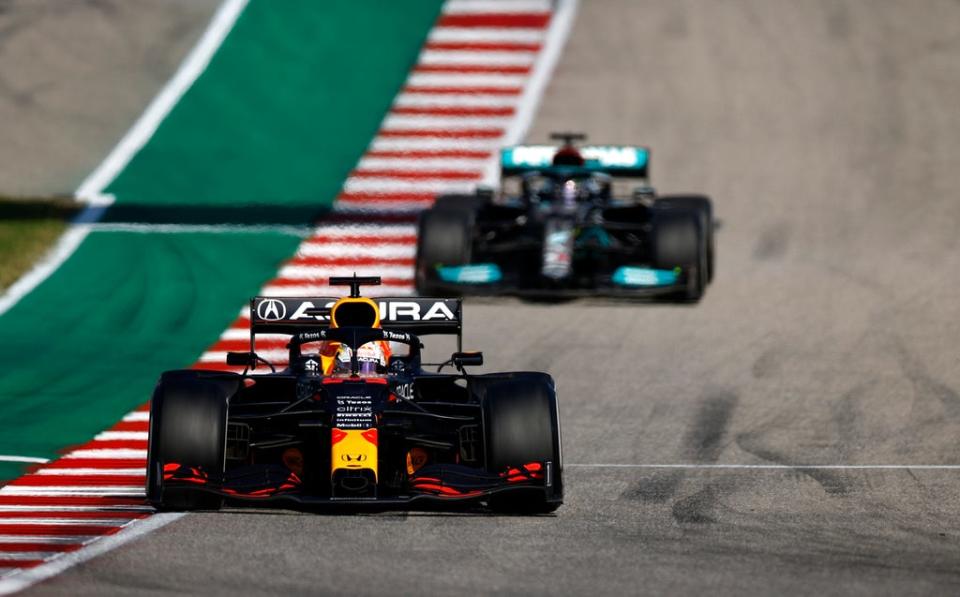What does ‘interval’ mean in F1?

Formula One has enticed a raft of new fans in recent times for a variety of reasons. Most notably the Netflix series Drive to Survive has brought the storylines in the pitlane to a new audience and got them hooked. Meanwhile on the track, the battle between Lewis Hamilton of Mercedes and Red Bull’s Max Verstappen has ignited more sporting interest after years of Mercedes’ domination.
However the sport remains impenetrable at the best of times, with TV commentators and analysts using racing terminology and F1 jargon which make races difficult to understand for the casual fan.
One of those terms is ‘interval’ which you often see on the live leaderboard during a race, and occasionally here mentioned by the commentary team.
LIVE: Follow live coverage of the Abu Dhabi Grand Prix
What does interval mean in F1?
An ‘interval’ will often be noted on the side of the live leaderboard on TV during a race.
It is usually written next the driver’s name leading the race, and beneath next to the second-placed driver will be a time such as +3.450. The time indicates that the driver in second is 3.450 seconds behind the leader.
The same meaning will apply for all the times in the column next to drivers’ names under the word ‘interval’. So interval simply means the time gap between the named driver and the one ahead.
What is DRS?
The interval is not just important for telling who is close to an overtaking manoeuvre, but also indicates which drivers can deploy the help of DRS – drag reduction system.
DRS is allowed at designated parts of a track, usually long straights, so long as a car is within one second of the car in front. Once inside the one-second mark, the chasing driver can use DRS which opens the car’s back wing, literally reducing drag so that they speed up.
This makes overtaking easier and when overtaking is easy, F1 tends to be more entertaining.

 Yahoo Sport
Yahoo Sport 





































